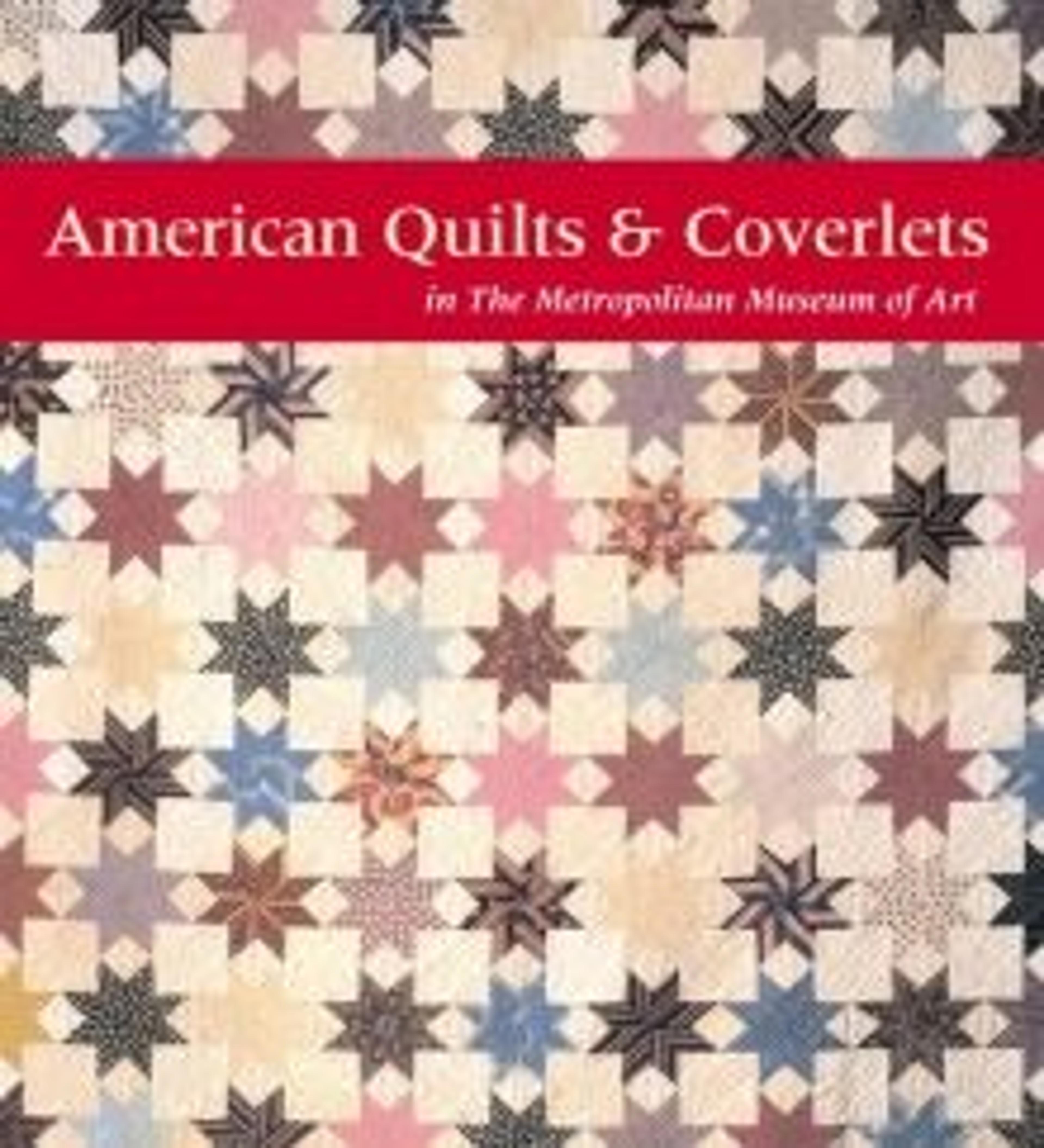Crib Quilt, Alice in Wonderland patterned
At the turn of the twentieth century, interest in quilt-making had slackened considerably. Some people attribute this to the visual saturation that occurred during the Crazy quilt era. In the 1920s, however, the American patriotism brought about by the successful waging of World War I revitalized the supposedly "colonial" practice of quilt-making, and it continued to flourish through the Depression, when it was considered symbolic of the American characteristics of thrift and self-sufficiency. By the 1940s, quilt-making was becoming accepted as an art form, and the Metropolitan commissioned this Alice in Wonderland crib quilt to be made for its collection. During the process of appropriating money to purchase the quilt with funds from the Edward C. Moore, Jr. Gift, which was designated at that time for the purchase of objects of modern decorative art, a curator explained why the piece was necessary to the collection:
"The Textile Study Room receives constant inquiries about quilting. As we own no examples of contemporary work, this purchase would provide a useful piece for study purposes. In this quilt, the techniques of embroidery, applique, and quilting are represented. The drawing is competent, and the subject matter amusing. Mrs. Newton, who designed and made this quilt, is considered one of the outstanding craftswomen in her field."
Marion Whiteside Newton ran a successful quiltmaking business, first organized in the 1930s, specializing in children's quilts that were usually appliquéd with storybook themes. Mrs. Newton (whose name was sometimes published as Marion Cheever Whiteside) designed all her quilts at her workshop at 1212 Fifth Avenue, but once the business began in earnest, she no longer sewed them herself, having hired others to stitch them together for her. Newton's quilt designs were published in magazines such as "McCall's Magazine" and "Ladies Home Journal," and the latter ran a series on the Storybook quilts in issues from 1949 through 1961. She popularized her work further by marketing ready-to-sew kits. Her more expensive ready-made quilts were sold by special order only through the department store Saks Fifth Avenue.
"The Textile Study Room receives constant inquiries about quilting. As we own no examples of contemporary work, this purchase would provide a useful piece for study purposes. In this quilt, the techniques of embroidery, applique, and quilting are represented. The drawing is competent, and the subject matter amusing. Mrs. Newton, who designed and made this quilt, is considered one of the outstanding craftswomen in her field."
Marion Whiteside Newton ran a successful quiltmaking business, first organized in the 1930s, specializing in children's quilts that were usually appliquéd with storybook themes. Mrs. Newton (whose name was sometimes published as Marion Cheever Whiteside) designed all her quilts at her workshop at 1212 Fifth Avenue, but once the business began in earnest, she no longer sewed them herself, having hired others to stitch them together for her. Newton's quilt designs were published in magazines such as "McCall's Magazine" and "Ladies Home Journal," and the latter ran a series on the Storybook quilts in issues from 1949 through 1961. She popularized her work further by marketing ready-to-sew kits. Her more expensive ready-made quilts were sold by special order only through the department store Saks Fifth Avenue.
Artwork Details
- Title: Crib Quilt, Alice in Wonderland patterned
- Maker: Marion Whiteside Newton
- Date: 1945
- Geography: Made in New York, New York, United States
- Culture: American
- Medium: Cotton
- Dimensions: 65 5/8 x 45 in. (166.7 x 114.3 cm)
- Credit Line: Purchase, Edward C. Moore Fund, 1945
- Object Number: 45.38
- Curatorial Department: The American Wing
More Artwork
Research Resources
The Met provides unparalleled resources for research and welcomes an international community of students and scholars. The Met's Open Access API is where creators and researchers can connect to the The Met collection. Open Access data and public domain images are available for unrestricted commercial and noncommercial use without permission or fee.
To request images under copyright and other restrictions, please use this Image Request form.
Feedback
We continue to research and examine historical and cultural context for objects in The Met collection. If you have comments or questions about this object record, please contact us using the form below. The Museum looks forward to receiving your comments.
